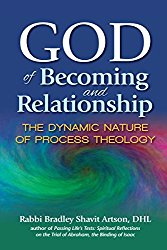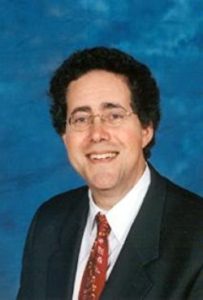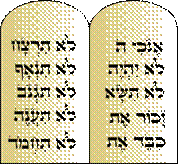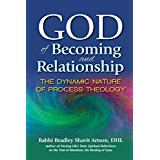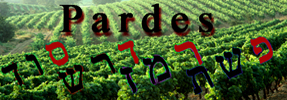This introduction to Process Theology was written by Dr. John Horsley
Process theology derives from process philosophy.
Process theology derives in particular from the philosophy of Harvard professor Alfred North Whitehead. Whitehead asked, “What is reality made up of?” The standard answer is things – chairs, tables, books, living things – plants, animals, people. What are these things made up of – substances (stuff). This stuff can change into other kinds of stuff but endures through time.
Whitehead says, in contrast to this picture, that everything is made of experience – in fact single moments of experience (drops of experience) that succeed one another.
For Whitehead, all kinds of experience must be taken into account: experience anxious and carefree, experience happy and grieving, experience emotional and experience intellectual, experience normal and abnormal, experience asleep and experience awake.…. (see Jesus Jazz and Buddhism, a short course on process thought, lesson 4) *
What is a moment of experience? It’s an event – something that happens. This is reality – events. The universe consists of events which come into existence, last for a moment, and then pass out of existence.……..becoming.
Process theology is thoroughly relational.
Whitehead believed that many of the great conundrums of modern philosophy and science could only be solved if one accepts the belief that all existing things are internally related.
If you draw two dots on a piece of graph paper, they are externally related; their relationship is relative to the piece of paper on which they are both located.
By contrast, each child is internally related to her or his mother. Not only was she once a part of her mother’s body, but she has internalized many features of her mother’s personality, her mother’s beliefs, and her mother’s reactions to the world. Our mother is a different person from ourselves (though it often takes many years to realize this!), but key features of who she was have now become a part of who we are.
It may be that our relationship with our mother is a paradigm case of internal relatedness. But Whitehead suggested that all existing things are internally related to all other existing things. All person‐to‐person relationships are of this nature. There is some sense in which I understand you from the inside, and I hope there are some ways in which you understand this presentation from a space internal to you. All living things are internally related to all other living things in certain senses. (See Philip Clayton, God Beyond Orthodoxy: Process Theology for the 21st Century) *
So, according to process thought, you are an unending process of becoming, internally related to all things, one member in a cosmic community of becoming. And thus in Life Abundant, Sally McFague writes,
Each stage of the universe’s evolution has come about through greater and greater differentiation: individuality (not individualism) is built into the nature of things. All of these individuals are internally, intrinsically, related to one another… Nothing can be itself (in all its wonderful, radical particularity) except by means of the whole. Everything is an individual but depends on others to be this individual. (See Life Abundant, p.101) *
What is the role of God in all of this?
In Whitehead’s philosophy God has two aspects: a non-coercive but guiding aspect which is home to all the potentialities which the universe can actualize, and which is within each experiencing subject as its own innermost lure toward full aliveness; and a receptive side which shares in the experiences of all living beings, anywhere and everywhere, and is affected by all that is felt. (See Jesus Jazz and Buddhism, lesson 19) *
At every moment of your becoming, God prehends (that is, takes in) your valuations and your most intimate responses – shares in your experiences. God takes them up into the divine life. And God becomes different as a result. At the next moment of your becoming, God offers back to you those valuations, experiences, and the experiences of all other living things, but now valued and interpreted from the divine perspective. The becoming God becomes a part of the becoming you. Then, in the next moment, you contribute your response to this becoming back, in an unending process of divine‐human (and divine‐nonhuman) dialogue.” (See Philip Clayton, God Beyond Orthodoxy: Process Theology for the 21st Century). *
Whitehead proposes that, at every moment of our lives, we are improvising responses to given situations, adding our own voice to the very history of the universe. Other creatures are doing this, too. We live in an improvisational universe, in which indeterminacy is as real, and as important, as determinacy.
Thus, for Whitehead, the future is always open, and the future is never entirely pre-determined by the past or the present. This is the case even for God, who knows what is possible in the future, but not what is actual until it becomes actual.” (See Jesus Jazz and Buddhism, lesson 13) *
And thus as Sallie McFague concludes chapter 6 of Life Abundant, she writes:
“Reality is good” if we can help it to become so. This is an acknowledgement that God is not the supernatural being who can control what happens either at a natural or personal level, but rather is the direction of flourishing for all creatures. (See Life Abundant, p. 154) *
I would add guide to this description of God, so the sentence would read:
God is the guide and direction of flourishing for all creatures.
John Horsley
* To learn more about process thought, go to


